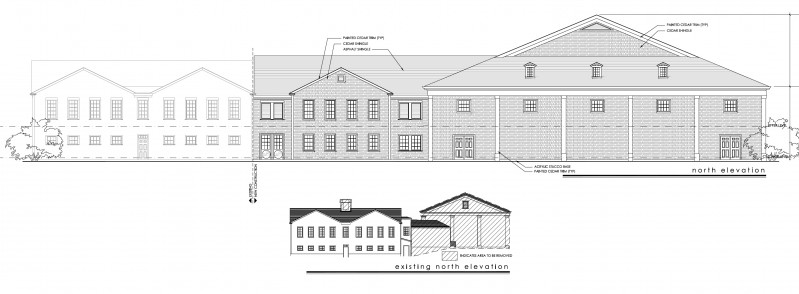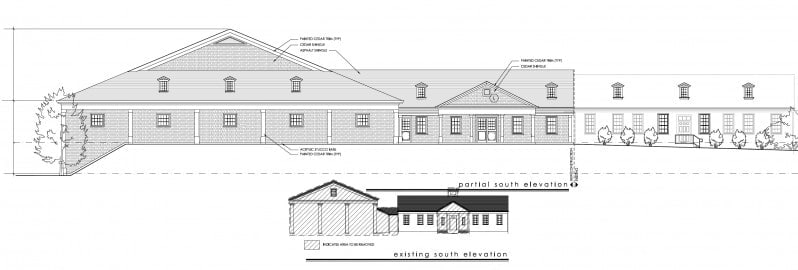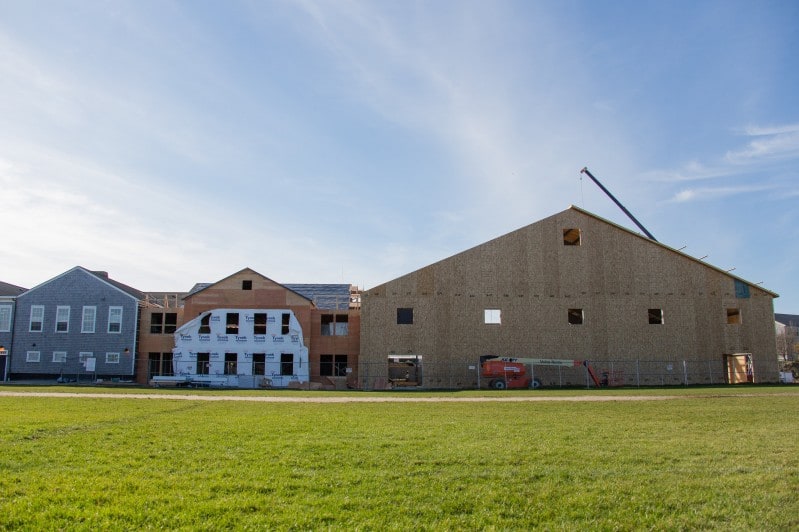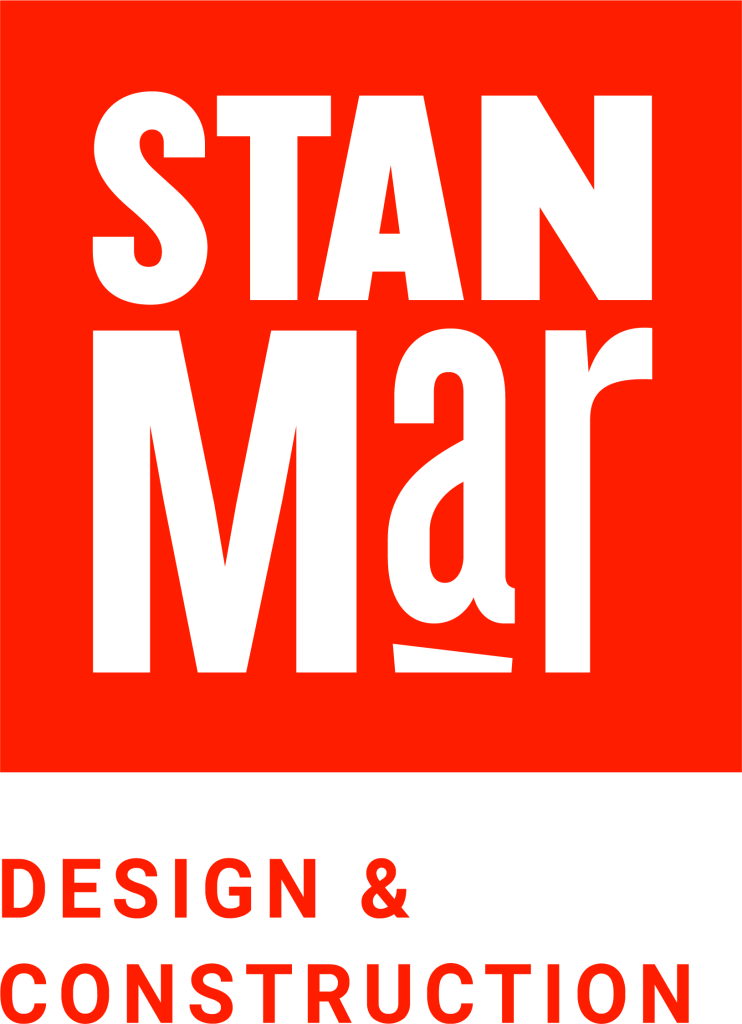Project scheduling is more than delivering a project at the agreed-upon occupancy date. It is a strategic tool that affects project costs, funding, construction logistics, and, ultimately, project delivery.
Most contractors seem to want to sum up projects with four words: on time, on budget. But rarely is their focus on if the budget was more than originally intended during the planning stage, or if the schedule met the owner’s original completion date.
At Stanmar, we begin working with clients at the early strategic planning phase before design. This enables us to guide the decisions that meet the owner’s goals and plan a design and construction strategy that still meets the desired occupancy date.
For example, with the Boys & Girls Club’s new facility on Nantucket Island, Stanmar was faced with how to mix new construction with a renovation, balanced against the cost-prohibitive nature of work on-island in the summer. During the planning stage, the club was adamant about finding a way to reduce closure time as much as possible—and Stanmar was adamant that if we didn’t avoid summer work, the budget would be unworkable.

During design, we learned that the club takes June off before the summer program begins in July and August. Thus, we designed the project as a single project with two mini phases:
- Perform new construction while the facility remained operational from September through June
- Perform renovation work (and club shutdown) from April through June



For this client, “on time” did not mean finishing the project as quickly as possible—it meant developing a strategic project schedule that enabled the club to provide as many services as possible during construction. As the club’s partner, we were able to bring constructability to the table from day one to find a solution that met their needs. Through careful subcontractor selection, proactive material ordering and logistics planning (subs were commuting by ferry to and from the island on a daily or weekly basis), and, most importantly, a clear, constructible design, we were able to meet our aggressive ten-month schedule, budget, and the club’s operational goals.

By asking the right questions at the very beginning of a project, an owner can set themselves up to smile when the project is complete—on time and on budget well before the design commences or a shovel ever hits the ground.
Oliver Snider, President

